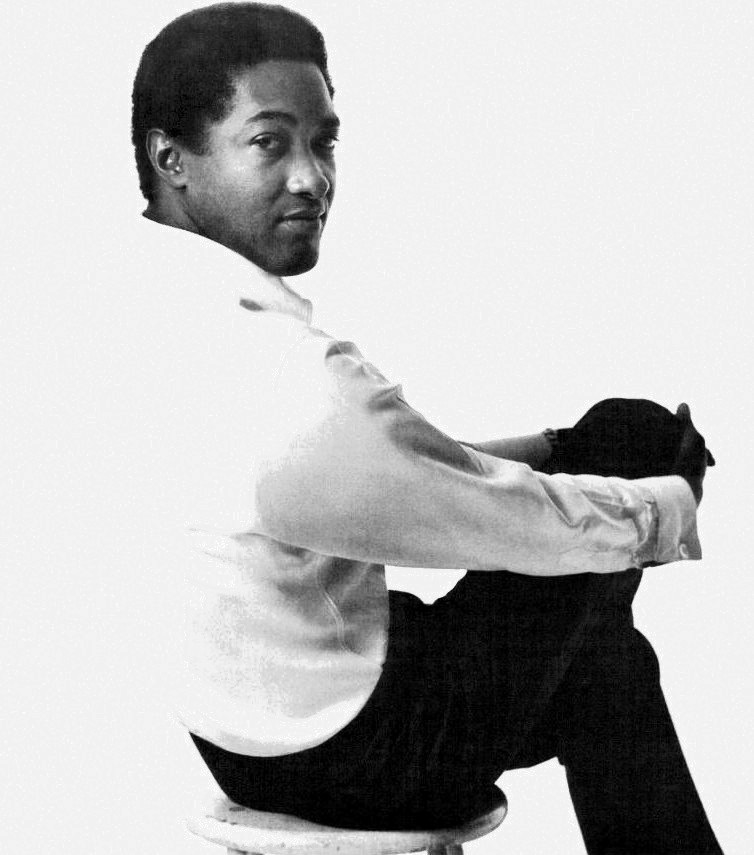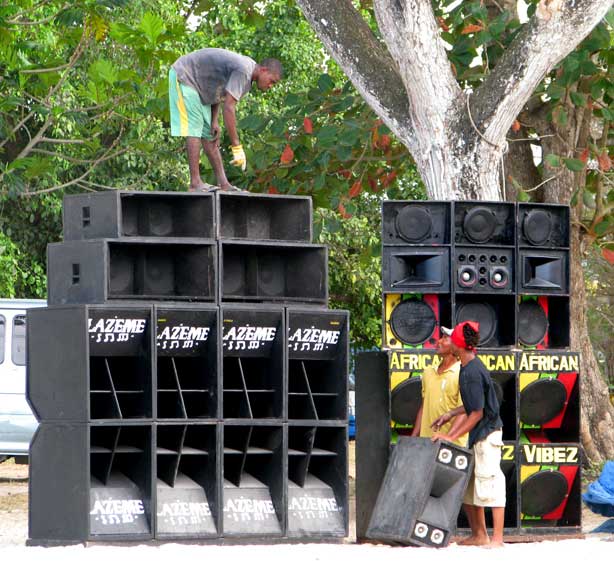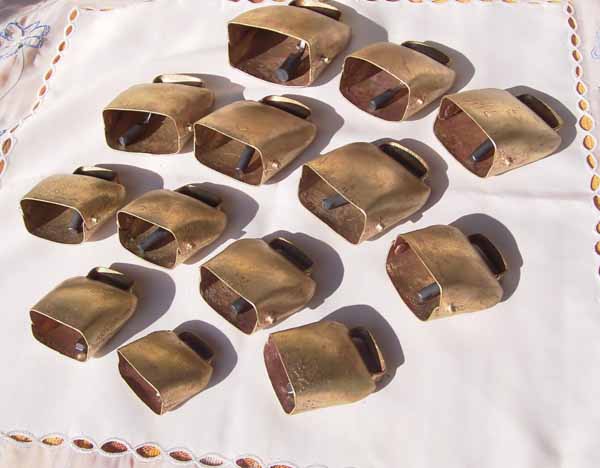|
You Send Me (album)
''You Send Me'' is a studio album by American musician Roy Ayers. It was released in 1978 through Polydor Records. Recording sessions for the album took place at Sigma Sound Studios and Electric Lady Studios in New York City. Production was handled by Roy Ayers and Carla Vaughn. The album features contributions from vocalists Carla Vaughn and Merry Clayton, keyboardists Philip Woo and Harry Whitaker, guitarists Chuck Anthony and James Mason, bassists William Allen and Kerry Turman, drummers Bernard Purdie, José Ortiz, Dennis Davis, Howard King and Steve Cobb, percussionist Chano O'Ferral, saxophonist Justo Almario, and trumpeter John Mosley, with guest appearances from Bruce Fisher and Stan Richardson on lead vocals, Ethel Beatty and Tony Gooden on backing vocals, and strings contractor Kermit Moore. The album peaked at number 48 on the ''Billboard'' Top LPs chart and at number 16 on the Top Soul LPs chart in the United States. Its lead single, "Get On Up, Get On Down", r ... [...More Info...] [...Related Items...] OR: [Wikipedia] [Google] [Baidu] |
Roy Ayers
Roy Ayers (born September 10, 1940) is an American funk, soul, and jazz composer, vibraphone player, and music producer. Ayers began his career as a post-bop jazz artist, releasing several albums with Atlantic Records, before his tenure at Polydor Records beginning in the 1970s, during which he helped pioneer jazz-funk. He is a key figure in the acid jazz movement, and has been dubbed "The Godfather of Neo Soul". He is best known for his compositions "Everybody Loves the Sunshine", "Searchin", and "Running Away". At one time, he was said to have more sampled hits by rappers than any other artist. Biography Early life Ayers was born on September 10, 1940, in Los Angeles. He grew up in a musical family, where his father played trombone and his mother played piano. At the age of five, he was given his first pair of vibraphone mallets by Lionel Hampton. The area of Los Angeles that Ayers grew up in, South Park (later known as South Central) was at the center of the Southern ... [...More Info...] [...Related Items...] OR: [Wikipedia] [Google] [Baidu] |
Sam Cooke
Samuel Cook (January 22, 1931 – December 11, 1964), known professionally as Sam Cooke, was an American singer and songwriter. Considered to be a pioneer and one of the most influential soul artists of all time, Cooke is commonly referred to as the " King of Soul" for his distinctive vocals, notable contributions to the genre and significance in popular music. Cooke was born in Clarksdale, Mississippi and later relocated to Chicago with his family at a young age, where he began singing as a child and joined the Soul Stirrers as lead singer in the 1950s. Going solo in 1957, Cooke released a string of hit songs, including "You Send Me", " A Change Is Gonna Come", "Cupid", " Wonderful World", " Chain Gang", "Twistin' the Night Away", " Bring It On Home to Me", and "Good Times". During his eight-year career, Cooke released 29 singles that charted in the Top 40 of the ''Billboard'' Pop Singles chart, as well as 20 singles in the Top Ten of ''Billboard'' Black Singles chart. In ... [...More Info...] [...Related Items...] OR: [Wikipedia] [Google] [Baidu] |
1978 Albums
Events January * January 1 – Air India Flight 855, a Boeing 747 passenger jet, crashes off the coast of Bombay, killing 213. * January 5 – Bülent Ecevit, of CHP, forms the new government of Turkey (42nd government). * January 6 – The Holy Crown of Hungary (also known as Stephen of Hungary Crown) is returned to Hungary from the United States, where it was held since World War II. * January 10 – Pedro Joaquín Chamorro Cardenal, a critic of the Nicaraguan government, is assassinated; riots erupt against Somoza's government. * January 18 – The European Court of Human Rights finds the British government guilty of mistreating prisoners in Northern Ireland, but not guilty of torture. * January 22 – Ethiopia declares the ambassador of West Germany '' persona non grata''. * January 24 ** Soviet satellite Kosmos 954 burns up in Earth's atmosphere, scattering debris over Canada's Northwest Territories. ** Rose Dugdale and Eddie Gallagher become the first convic ... [...More Info...] [...Related Items...] OR: [Wikipedia] [Google] [Baidu] |
Joel Brodsky
Joel Lee Brodsky (October 7, 1939 – March 1, 2007) was an American photographer, best known for his photography of musicians, particularly his iconic "Young Lion" photographs of Jim Morrison. In his lifetime, he is credited with photographing over 400 album covers. Brodsky was born in Brooklyn, New York and graduated from Syracuse University in 1960. While working at a camera store in Brooklyn, he began a side career of photography and opened his own studio in 1964. Later Brodsky left the rock 'n' roll photography and focused on commercial work, shooting advertising campaigns for Revlon, Avon, DuPont and other companies. Since the beginning of the new century, there has been a worldwide revival of interest in Brodsky's rock 'n' roll pictures, with several exhibitions across the USA and in Europe. His artwork has been shown by the Govinda Gallery in Washington, D the Morrison Hotel Galler the Stax Museum in Memphis, the [...More Info...] [...Related Items...] OR: [Wikipedia] [Google] [Baidu] |
String Instrument
String instruments, stringed instruments, or chordophones are musical instruments that produce sound from vibrating strings when a performer plays or sounds the strings in some manner. Musicians play some string instruments by plucking the strings with their fingers or a plectrum—and others by hitting the strings with a light wooden hammer or by rubbing the strings with a bow. In some keyboard instruments, such as the harpsichord, the musician presses a key that plucks the string. Other musical instruments generate sound by striking the string. With bowed instruments, the player pulls a rosined horsehair bow across the strings, causing them to vibrate. With a hurdy-gurdy, the musician cranks a wheel whose rosined edge touches the strings. Bowed instruments include the string section instruments of the orchestra in Western classical music (violin, viola, cello and double bass) and a number of other instruments (e.g., viols and gambas used in early music from the Baro ... [...More Info...] [...Related Items...] OR: [Wikipedia] [Google] [Baidu] |
Tenor Saxophone
The tenor saxophone is a medium-sized member of the saxophone family, a group of instruments invented by Adolphe Sax in the 1840s. The tenor and the alto are the two most commonly used saxophones. The tenor is pitched in the key of B (while the alto is pitched in the key of E), and written as a transposing instrument in the treble clef, sounding an octave and a major second lower than the written pitch. Modern tenor saxophones which have a high F key have a range from A2 to E5 (concert) and are therefore pitched one octave below the soprano saxophone. People who play the tenor saxophone are known as "tenor saxophonists", "tenor sax players", or "saxophonists". The tenor saxophone uses a larger mouthpiece, reed and ligature than the alto and soprano saxophones. Visually, it is easily distinguished by the curve in its neck, or its crook, near the mouthpiece. The alto saxophone lacks this and its neck goes straight to the mouthpiece. The tenor saxophone is most recognized for it ... [...More Info...] [...Related Items...] OR: [Wikipedia] [Google] [Baidu] |
Congas
The conga, also known as tumbadora, is a tall, narrow, single-headed drum from Cuba. Congas are staved like barrels and classified into three types: quinto (lead drum, highest), tres dos or tres golpes (middle), and tumba or salidor (lowest). Congas were originally used in Afro-Cuban music genres such as conga (hence their name) and rumba, where each drummer would play a single drum. Following numerous innovations in conga drumming and construction during the mid-20th century, as well as its internationalization, it became increasingly common for drummers to play two or three drums. Congas have become a popular instrument in many forms of Latin music such as son (when played by conjuntos), descarga, Afro-Cuban jazz, salsa, songo, merengue and Latin rock. Although the exact origins of the conga drum are unknown, researchers agree that it was developed by Cuban people of African descent during the late 19th century or early 20th century. Its direct ancestors are thought to b ... [...More Info...] [...Related Items...] OR: [Wikipedia] [Google] [Baidu] |
Bass (sound)
Bass ( ) (also called bottom end) describes tones of low (also called "deep") frequency, pitch and range from 16 to 256 Hz (C0 to middle C4) and bass instruments that produce tones in the low-pitched range C2-C4. They belong to different families of instruments and can cover a wide range of musical roles. Since producing low pitches usually requires a long air column or string, and for stringed instruments, a large hollow body, the string and wind bass instruments are usually the largest instruments in their families or instrument classes. Use in composition In musical compositions, such as songs and pieces, these are the lowest-pitched parts of the harmony. In choral music without instrumental accompaniment, the bass is supplied by adult male bass singers. For an accompanied choir, the bass is typically provided by pipe organ or piano (or if a choir can afford to hire one, by orchestra). In an orchestra, the basslines are played by the double bass and cellos, bassoon o ... [...More Info...] [...Related Items...] OR: [Wikipedia] [Google] [Baidu] |
ARP String Synthesizer
The Solina String Synthesizer, also erroneously known as the ARP Solina String Synthesizer or sometimes the ARP String Synthesizer, is a combination of a string synthesizer and synthesizer. It is a hybrid model which combined both the Solina String Ensemble string synthesizer and the ARP Explorer monophonic synthesizer. It was built in Bodegraven, Netherlands by Eminent B.V. Supposedly only about 100 were ever produced. Vintage Synth Explorer The addition of the to the Solina string sounds made for a very powerful combination. Keyboard modes * Strings Only * Strings through the Explorer low-pass filter * Explorer voice combined with the lower Solina ke ...[...More Info...] [...Related Items...] OR: [Wikipedia] [Google] [Baidu] |
Minimoog
The Minimoog is an analog synthesizer first manufactured by Moog Music between 1970 and 1981. Designed as a more affordable, portable version of the modular Moog synthesizer, it was the first synthesizer sold in retail stores. It was first popular with progressive rock and jazz musicians and found wide use in disco, pop, rock and electronic music. Production of the Minimoog stopped in the early 1980s after the sale of Moog Music. In 2002, founder Robert Moog regained the rights to the Moog brand, bought the company, and released an updated version of the Minimoog, the Minimoog Voyager. In 2016 and in 2022, Moog Music released another new version of the original Minimoog. Development In the 1960s, RA Moog Co manufactured Moog synthesizers, which helped bring electronic sounds to music but remained inaccessible to ordinary people. These modular synthesizers were difficult to use and required users to connect components manually with patch cables to create sounds. They were a ... [...More Info...] [...Related Items...] OR: [Wikipedia] [Google] [Baidu] |
Cowbell (instrument)
The cowbell is an idiophone hand percussion instrument used in various styles of music, such as Latin and rock. It is named after the similar bell used by herdsmen to keep track of the whereabouts of cows. The instrument initially and traditionally has been metallic; however, contemporarily, some variants are made of synthetic materials. Origins While the cowbell is commonly found in musical contexts, its origin can be traced to freely roaming animals. In order to help identify the herd to which these animals belonged, herdsmen placed these bells around the animal's neck. As the animals moved about the bell would ring, thus making it easier to know of the animal's whereabouts. Though the bells were used on various types of animals, they are typically referred to as "cowbells" due to their extensive use with cattle. Tuned cowbells Tuned cowbells or ''Almglocken'' (their German name, ‘Alm’ meaning a mountain meadow, and ‘Glocken’ bells), sometimes known by the Engli ... [...More Info...] [...Related Items...] OR: [Wikipedia] [Google] [Baidu] |
Electric Piano
An electric piano is a musical instrument which produces sounds when a performer presses the keys of a piano-style musical keyboard. Pressing keys causes mechanical hammers to strike metal strings, metal reeds or wire tines, leading to vibrations which are converted into electrical signals by magnetic pickups, which are then connected to an instrument amplifier and loudspeaker to make a sound loud enough for the performer and audience to hear. Unlike a synthesizer, the electric piano is not an electronic instrument. Instead, it is an electro-mechanical instrument. Some early electric pianos used lengths of wire to produce the tone, like a traditional piano. Smaller electric pianos used short slivers of steel to produce the tone (a lamellophone with a keyboard & pickups). The earliest electric pianos were invented in the late 1920s; the 1929 ''Neo- Bechstein'' electric grand piano was among the first. Probably the earliest stringless model was Lloyd Loar's Vivi-Tone Clavier. A few ... [...More Info...] [...Related Items...] OR: [Wikipedia] [Google] [Baidu] |
_(5457445713).jpg)





%2C_MIM_PHX.jpg)
